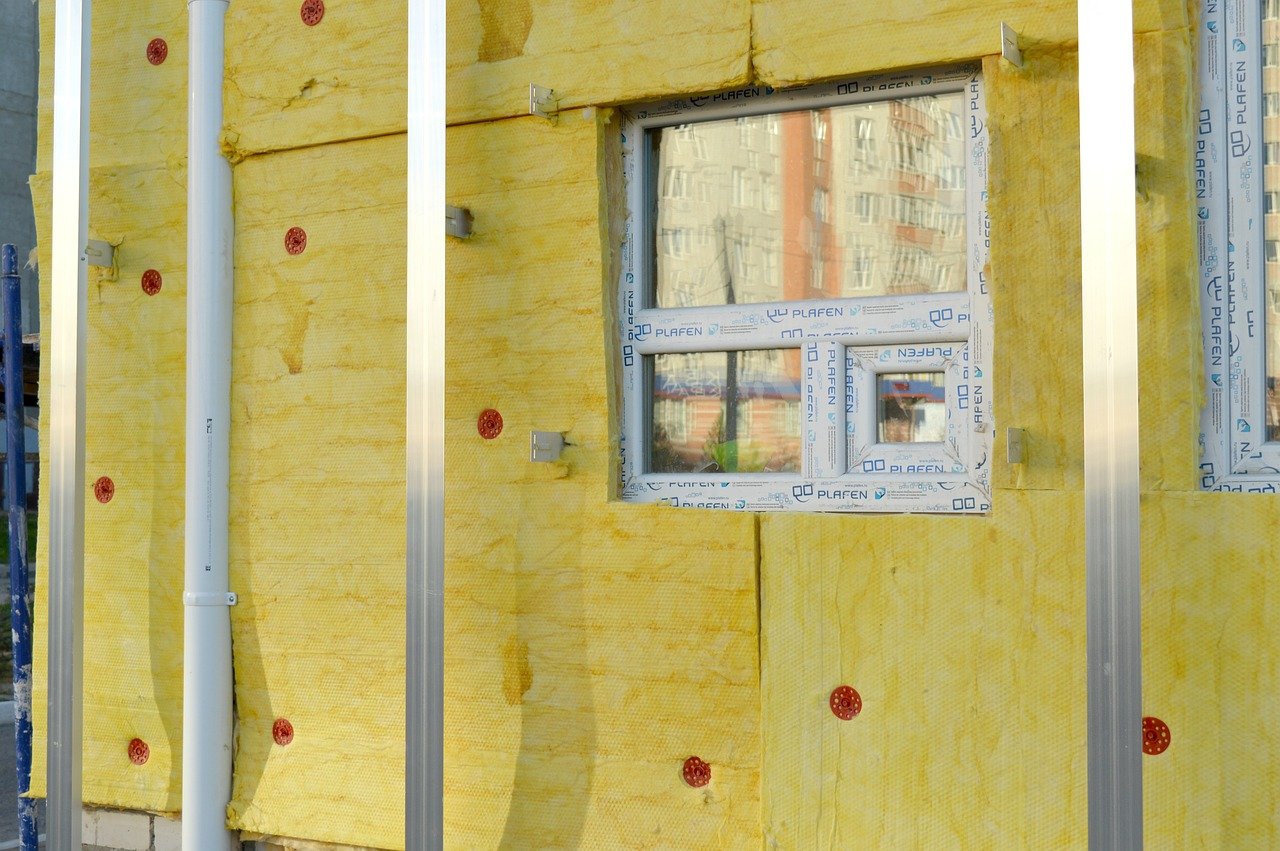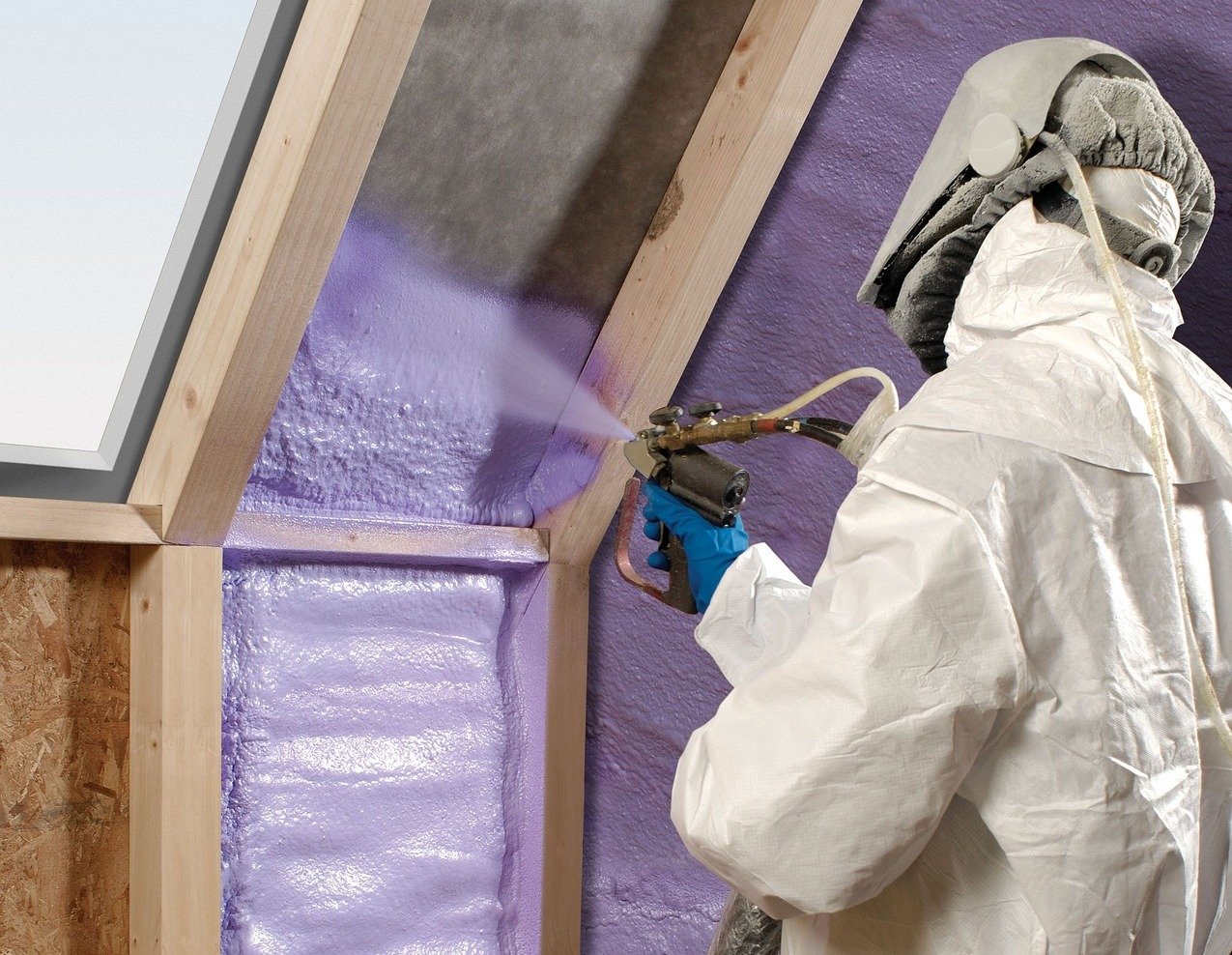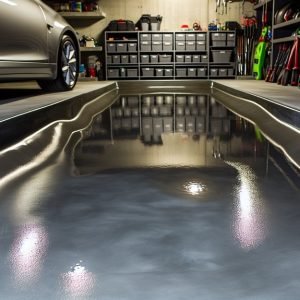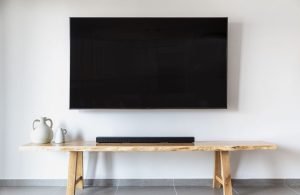Last Updated on October 30, 2025 by teamobn
Home insulation is one of the most crucial elements in creating a comfortable, energy-efficient living space. Proper insulation helps regulate indoor temperatures, lowers utility costs, and boosts overall home energy efficiency year-round. But how can you tell if your insulation needs an upgrade—and when’s the right moment to take action?
Understanding the best time to upgrade and which upgrades to prioritize can guide you in planning smarter home improvements that deliver the biggest comfort and cost savings.
Here are five signs that your home could benefit from better insulation. Whether you’re dealing with drafty rooms, high energy bills, or outdated materials, this quick insulation upgrade guide will help you make informed choices for a cozier, more efficient home.
1. High Energy Bills
One of the clearest signs of poor insulation is unusually high energy bills. If your heating and cooling costs seem to rise every year, it could be due to insulation that isn’t doing its job. Insufficient insulation forces your heating or cooling system to work harder to maintain a stable temperature, leading to increased energy use and, consequently, higher bills.
Compare your current energy bills with previous years and see if there’s been a significant increase, particularly in extreme weather months. Upgrading your insulation can help stabilize indoor temperatures, reducing the workload on your HVAC system and lowering monthly costs.
How Insulation Reduces Energy Costs
Good insulation slows the transfer of heat, meaning that less heat escapes during winter and less cool air escapes during summer. This efficiency reduces the need for heating and cooling, resulting in substantial savings over time. Plus, energy-efficient homes tend to have a higher resale value, making insulation a solid investment.
2. Uneven Room Temperatures
Do certain rooms in your home always seem colder or warmer than others, even when the thermostat is set to a comfortable level? Uneven temperatures often indicate gaps in insulation. In well-insulated homes, each room should maintain a relatively uniform temperature. If one room feels consistently drafty in winter or stifling in summer, poor insulation could be to blame.
This problem is common in older homes, where insulation may have degraded or been installed inconsistently. Upgrading or adding insulation in problem areas like attics, walls, or crawl spaces can help even out temperatures across your home, making it more comfortable year-round.
If you’re noticing these hot-and-cold spots, it might be time to explore the top insulation solutions for real energy savings. Understanding which materials work best for attics, walls, or crawl spaces can help you target problem areas effectively and restore consistent comfort throughout your home.
Quick Tip for Identifying Temperature Issues
A quick way to identify insulation gaps is by feeling walls, floors, and ceilings in various rooms. If some surfaces feel notably colder or warmer, this could indicate areas where insulation is missing or insufficient. You can also use an infrared thermometer to detect temperature differences around the home, helping pinpoint problem areas.
In some cases, even considering replacement windows can complement insulation improvements to boost your home’s energy efficiency.
3. Drafts and Cold Spots
Drafts or cold spots around windows, doors, or certain areas of a room are a strong sign that your home’s insulation is lacking. Drafts occur when there are gaps that allow cold air to seep in during winter or warm air to enter during summer. Inadequate insulation or poor air sealing around windows and doors is often the culprit.
Replacing or enhancing insulation around drafty areas can help eliminate these cold spots and improve comfort. Additionally, if drafts are a common issue, consider adding weatherstripping to doors and windows to improve sealing. Addressing drafts not only makes your home more comfortable but also helps prevent energy loss.
Common Sources of Drafts
Drafts are common around entry points like doors, windows, and attic hatches. Recessed lighting and electrical outlets can also be sources of air leaks. Sealing and insulating these areas can make a noticeable difference in indoor comfort and energy efficiency.
Before you dive into a big insulation overhaul, start small! A few simple fixes can go a long way toward sealing out drafts and keeping energy costs in check. Check out these low-cost improvements to try before major upgrades — quick projects like weatherstripping doors, sealing window gaps, or adding insulation to attic hatches can make your home feel cozier almost instantly.
4. Frequent Use of Heating or Cooling Systems
If you find yourself constantly adjusting the thermostat or running the heater or air conditioner for longer periods, poor insulation might be to blame. Good insulation keeps your home’s temperature stable, meaning your heating and cooling systems don’t need to run as frequently. When insulation is lacking, heat escapes quickly in winter, and cool air dissipates in summer, causing your HVAC system to run more often.
Overusing your HVAC system can lead to higher energy bills and cause your system to wear out more quickly, requiring costly repairs or replacements. By upgrading insulation, you can reduce the frequency and duration of HVAC use, making your home more energy-efficient and extending the lifespan of your heating and cooling systems.
Simple Ways to Reduce HVAC Usage
Improving insulation is the most effective way to decrease HVAC usage, but other steps, like adding thermal curtains, sealing air leaks, and closing doors to unused rooms, can also help retain heat or cool air. Smart thermostats can also help regulate usage and further improve energy savings.
5. Old or Degraded Insulation
If your home’s insulation is old, degraded, or made of outdated materials, it may be time for an upgrade. Over time, insulation can deteriorate, lose effectiveness, or even develop mold and mildew, especially in damp areas like basements and attics. Insulation from older homes may not meet current energy standards, leading to inefficient heating and cooling.
Inspecting Your Insulation
Inspecting your insulation can reveal its condition. Look for signs of wear, such as:
- Compressed or Thin Insulation: Insulation that has flattened over time loses its insulating ability.
- Discoloration or Moisture Damage: Damp, stained, or moldy insulation is no longer effective and may pose health risks.
- Outdated Materials: Materials like old fiberglass batting or urea-formaldehyde foam may not provide optimal insulation.
If you notice any of these signs, consider upgrading to newer, high-performance insulation materials like spray foam, cellulose, or rigid foam. Modern insulation options are often more efficient, sustainable, and effective in reducing energy loss.
Additional Benefits of Improved Insulation
Besides energy efficiency and comfort, upgrading insulation offers several other benefits:
- Soundproofing: Quality insulation materials can help reduce noise transfer between rooms and from outside sources.
- Reduced Environmental Impact: Better insulation leads to less energy consumption, lowering your carbon footprint.
- Enhanced Indoor Air Quality: Proper insulation and sealing can help keep dust, pollen, and other outdoor pollutants from entering your home, leading to healthier indoor air.
When to Call a Professional
While some insulation projects can be done as DIY, such as adding weatherstripping or insulating small spaces, larger jobs often require professional assessment and installation. Professionals can accurately measure insulation needs, suggest the best materials, and ensure effective installation for maximum efficiency.
The Bottom Line…
Home insulation is vital for maintaining a comfortable and energy-efficient home. Proper insulation regulates indoor temperatures, lowers energy bills, and improves comfort year-round. Upgrading insulation not only reduces energy costs but also provides additional benefits like soundproofing, improved indoor air quality, and environmental sustainability.
While some projects are DIY-friendly, consider a professional assessment to ensure optimal results for larger insulation upgrades.
Upgrading your home’s insulation is one of the smartest moves you can make for year-round comfort and lower energy bills. Once you’ve identified the warning signs and problem areas, the next step is choosing the right material for your needs.
Take a closer look and compare spray foam, batts, and blown-in insulation to find the best fit for your home, budget, and energy goals. A well-insulated home doesn’t just save money — it feels better to live in, season after season.
Start your upgrade today and enjoy the comfort you’ve been missing!
Frequently Asked Questions
1. What should I do first?
Start by identifying which upgrades will deliver the best comfort and return on investment for your home. Not all improvements need to happen at once, so having a plan helps you use your budget wisely.
You can plan your upgrade sequence for maximum ROI to focus on projects that offer both immediate benefits and long-term savings.
2. How can I tell if my home needs better insulation?
Common signs include rooms that heat or cool unevenly, higher-than-usual energy bills, and drafts around windows or doors. If these sound familiar, your insulation may not be performing well — a quick home inspection or energy audit can confirm this.
3. Are budget upgrades really worth it?
Yes — even small, low-cost changes like weatherstripping, sealing air leaks, or upgrading lighting can reduce monthly bills and improve comfort. Over time, these incremental improvements add up to noticeable savings and better living conditions.
4. Which upgrades offer the best long-term value?
Insulation, energy-efficient windows, and HVAC improvements often top the list. They not only boost your home’s energy efficiency but also increase resale value and reduce wear on your heating and cooling systems.
5. How can I personalize upgrades without overspending?
Focus on changes that reflect your lifestyle — such as creating a home office, upgrading kitchen storage, or refreshing paint colors. Look for DIY-friendly projects or repurposed materials to stretch your budget while keeping the results stylish and functional.






